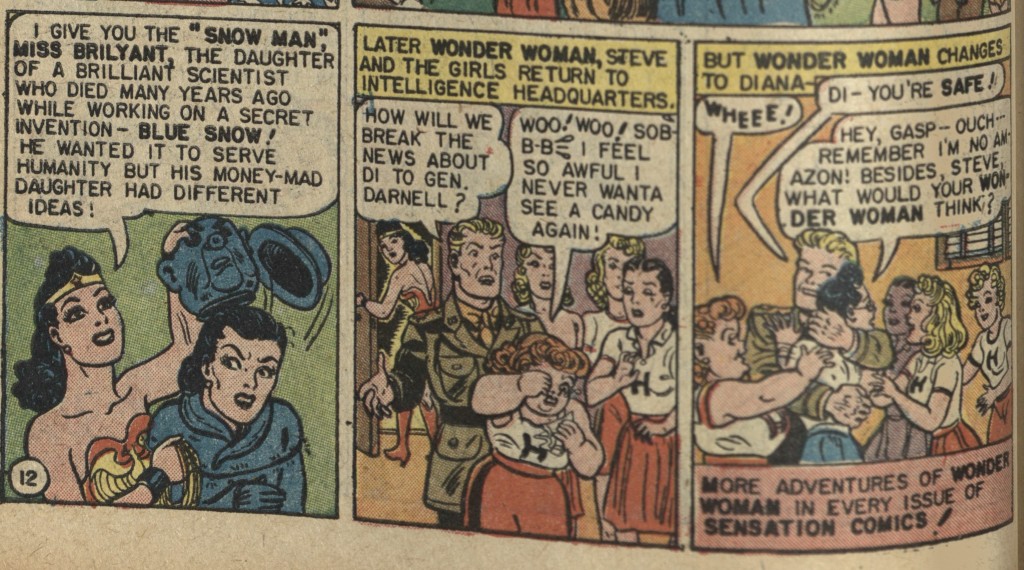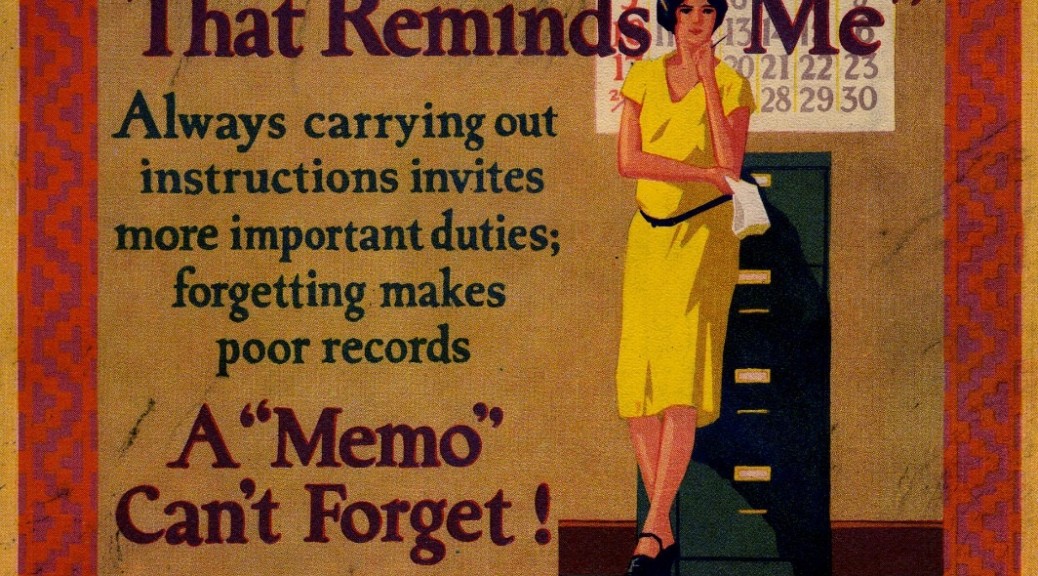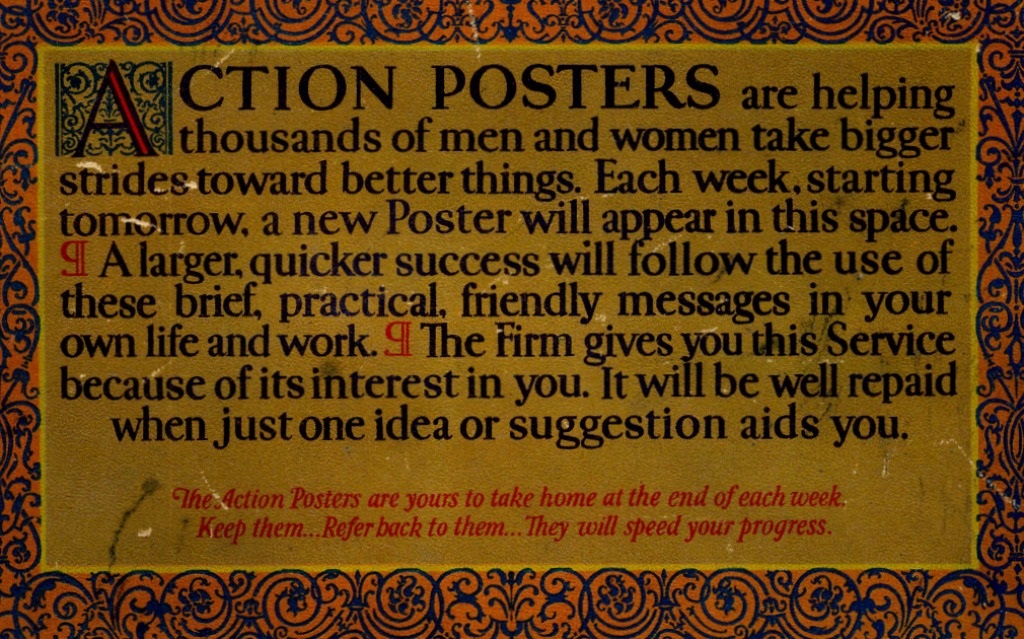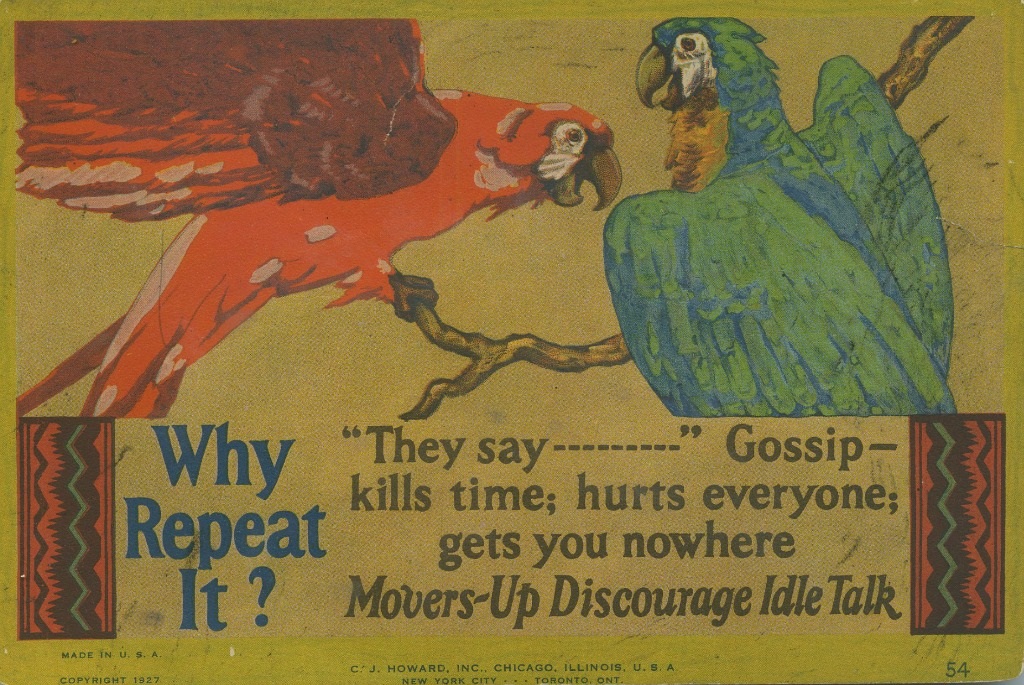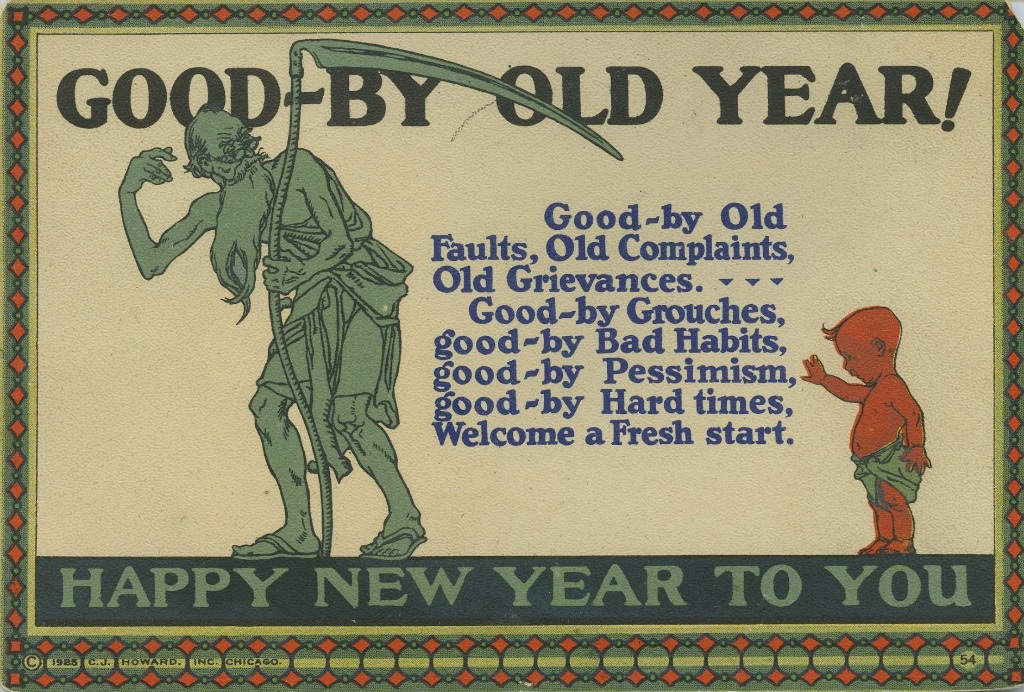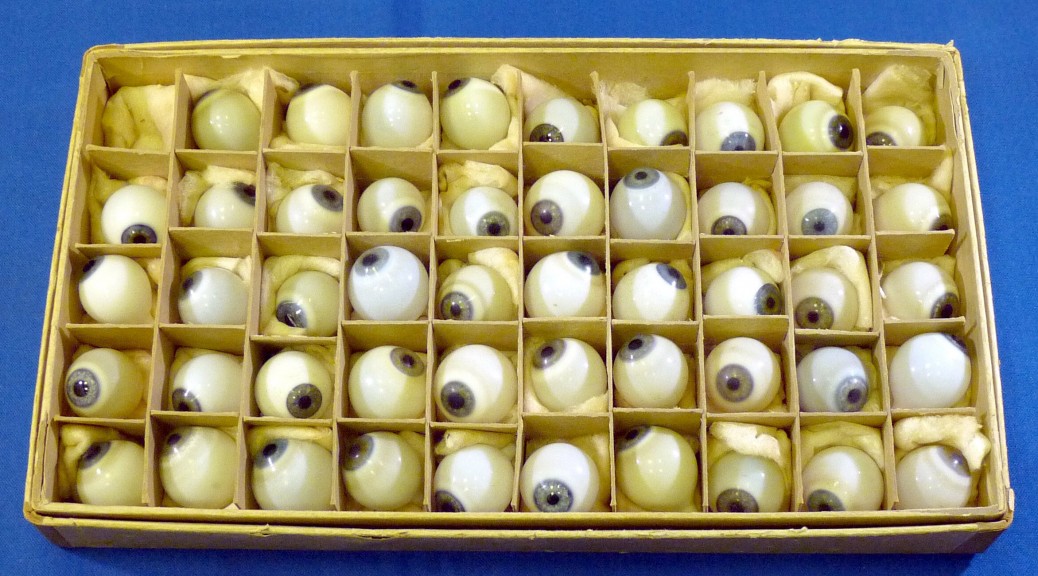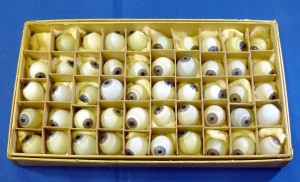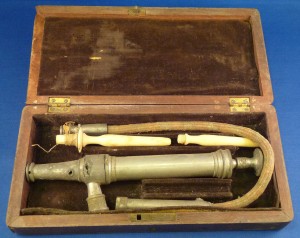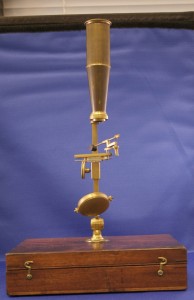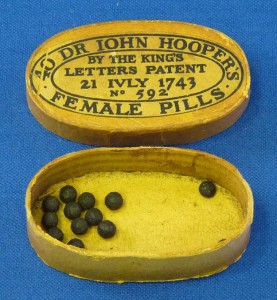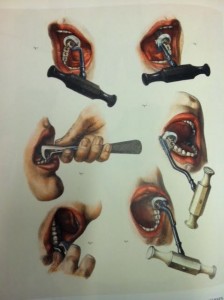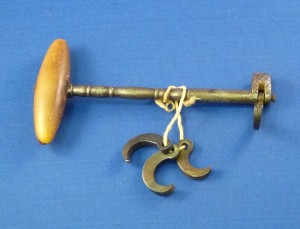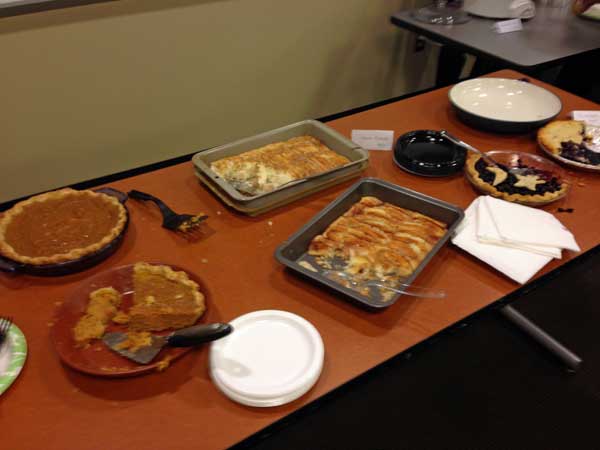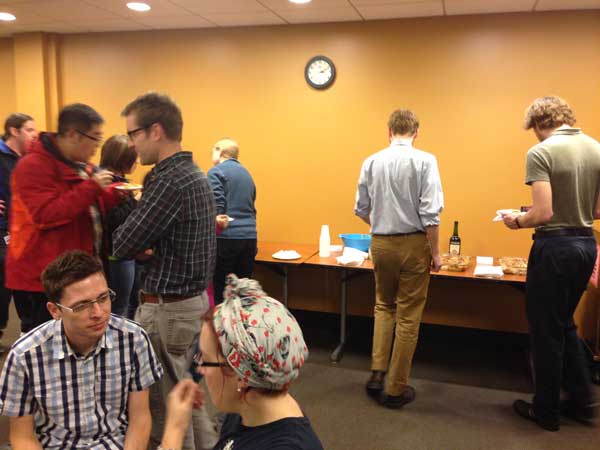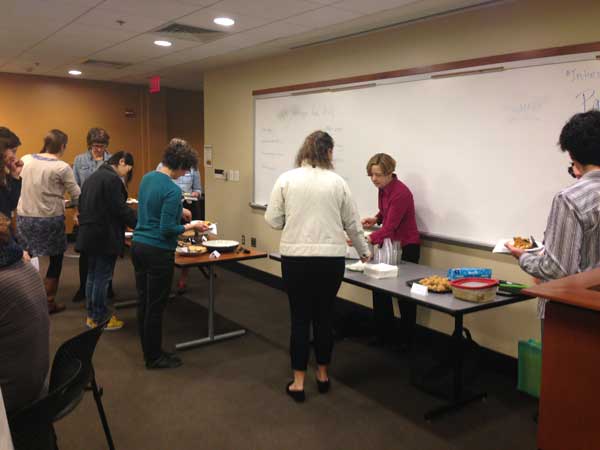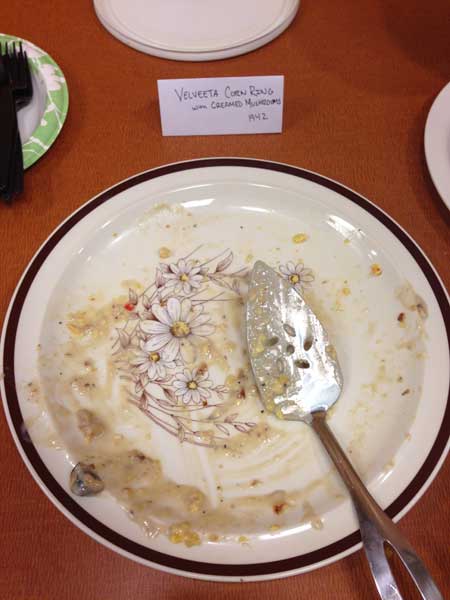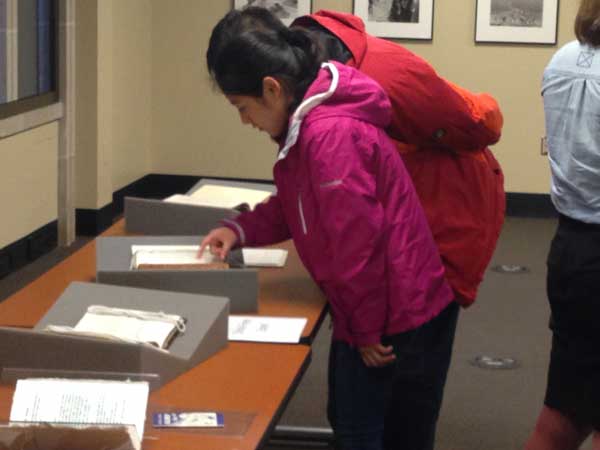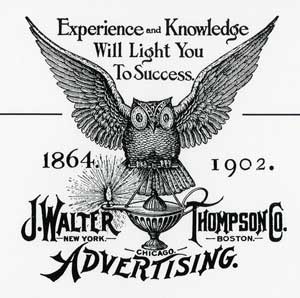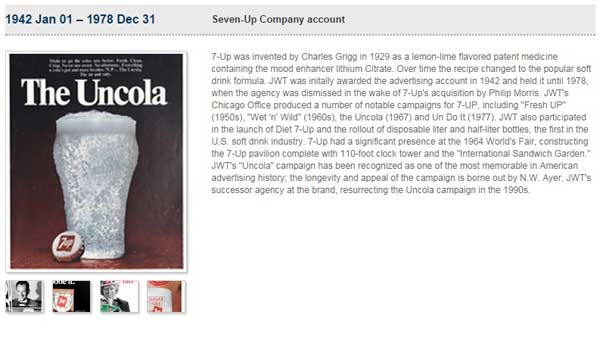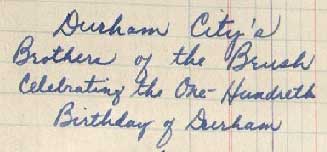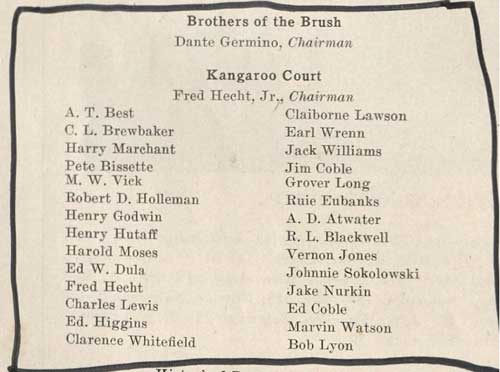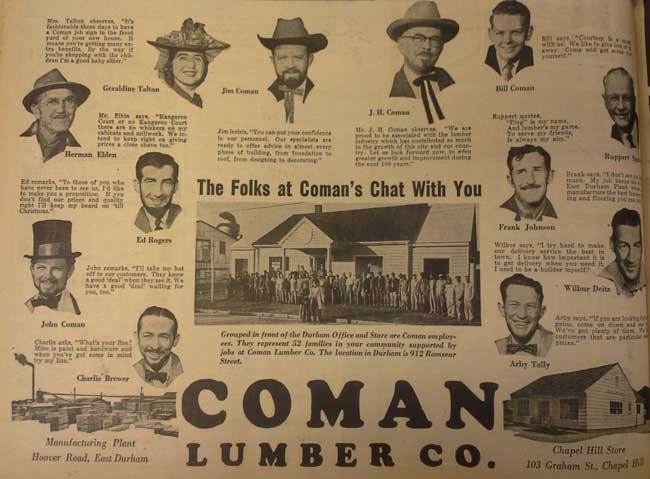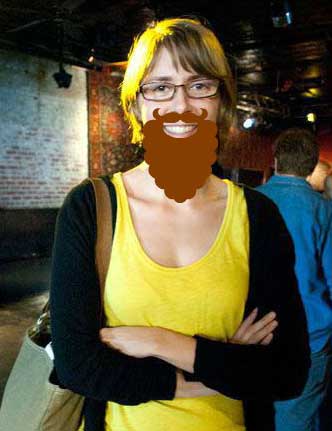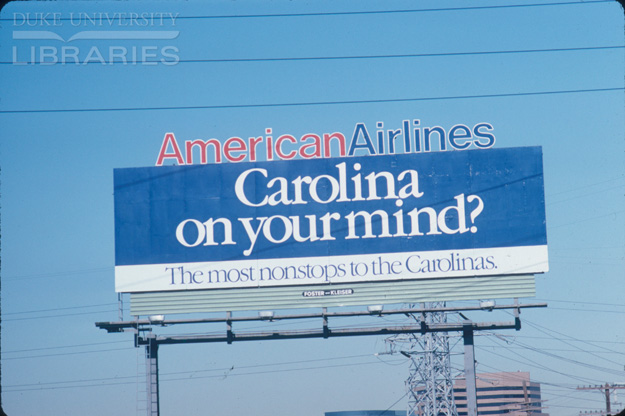While I processed a collection of correspondence between two lovers, a handful of letters stuck out. Martha Simpson, then Martha Eleanor Booker, a young African American woman working on her teaching degree at Elizabeth City Teachers College, had a penchant for writing in code. Paul Simpson, her love interest, did not share the same inclination, but did indulge her in his responses. As I read through the letters, the code used in three of them piqued my curiosity. My search revealed that the code used seems to be a form of carnival Pig Latin, also known as Czarny, Z-Latin, or Carny (Hautzinger 30).

Martha first sneaks in her secret code at the closing of a letter from January 10, 1951, with a little taunt, “Ha, ha, I bet you can’t read it.” Paul’s response to this letter, dated January 13, 1951, briefly acknowledges that he, indeed, could read her secret language with the opening line “Dizear Cizheré,” before continuing his letter unencumbered by the extra z’s.

But Martha doesn’t give up. She continues the code in a response from January 17, 1951, written half in this “z-language,” eventually switching back to conventional English.
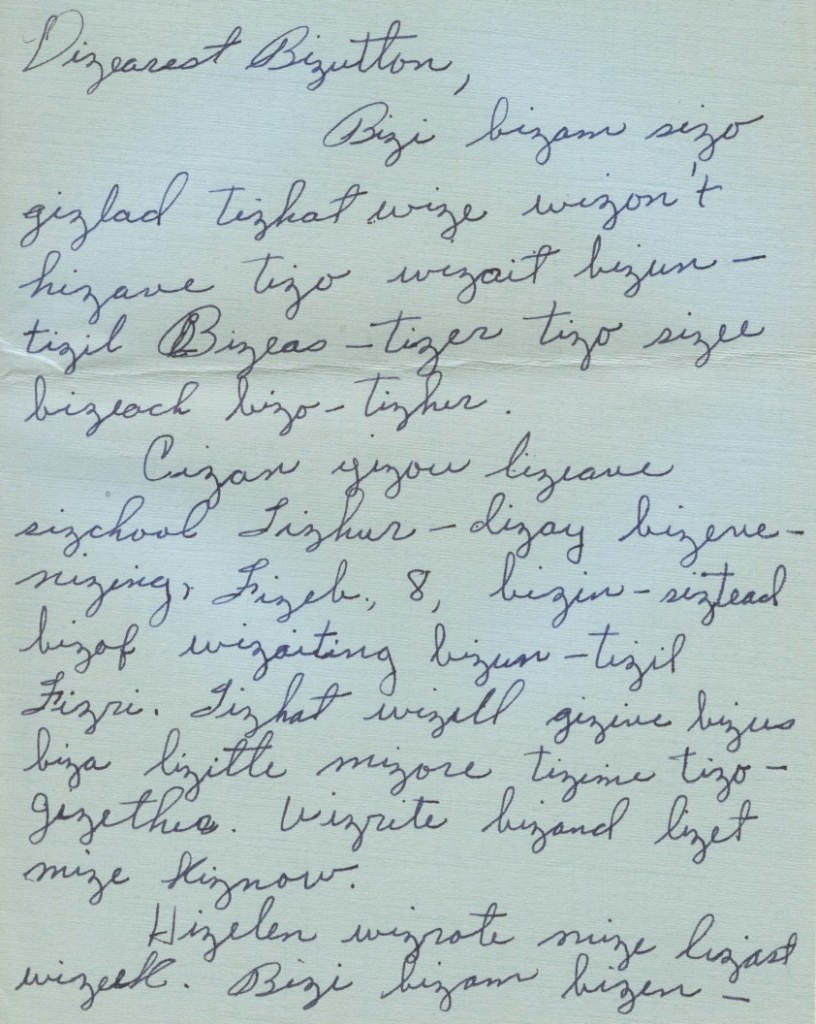
Martha’s next letter clearly was not on pink paper (did you catch that one?), but she did keep on with her code. The secret language was formed by inserting iz after the first consonant, and if there was no consonant present, beginning the word with biz. In linguistic circles, this is known as iz-infixation and has been linked to rap and hip-hop music. Examples include Frankie Smith’s 1981 hits Double Dutch Bus and Slang Thang (or Slizang Thizang), both of which boast the iz-infix in their lyrics. More recent examples include work by Snoop Dogg and Kanye West (Viau 1). But these letters come decades before the iz-infix made it big in music, and the question remains: Where did this secret language come from?
We think the answer is this: carnival slang. Published accounts of Carny go back to 1926 (Russell and Murray 401), well before Martha was writing to Paul. It was a language immersed in the subculture of the carnival, intended to distinguish between outsiders and the true Carnies, given the questionable legality of the carnival. Sarah Hautzinger describes it as a dialect that “rearranges English to make it unintelligible to the unenlightened ear” (32). In Czarny, “a Z-sound is inserted after the first consonant, and if the word begins with a vowel, before the vowel sound, in the first syllable only” (32). This certainly seems a lot like the iz-infixes found in the letters between Martha and Paul. Rumor has it that this carny talk found its way into popular culture years later.
Whether or not their secret language was descended from Z-Latin, the coded (and uncoded) correspondence between Martha and Paul D. Simpson provides an interesting read. Recently acquired by the Rubenstein, these roughly 300 letters detail the love, life, and struggles of a young African American couple on their way to becoming teachers.
For more information on the Martha and Paul D. Simpson Papers, check out the collection guide.
For further reading on Carny Latin and the iz-infix, see:
Hautzinger, Sarah. “Carnival Speech: Making the Jump.” Journal of American Culture, 13: 29–33, 1990. Web. 16 December 2014.
Russell, Carol L. and Thomas E. Murray. “The Life and Death of Carnie.” American Speech, Vol. 79 No. 4: 400-416, 2004. Web. 16 December 2014.
Viau, Joshua. “Introducing English [IZ]-Infixation: Snoop Dogg and bey-[IZ]-ond.” 2006 LSA Summer Meeting, 24 June 2006. Web. 16 December 2014.
Post contributed by Janice Hansen, a Ph.D. student in Germanic Languages & Literature and Technical Services intern at The Rubenstein.
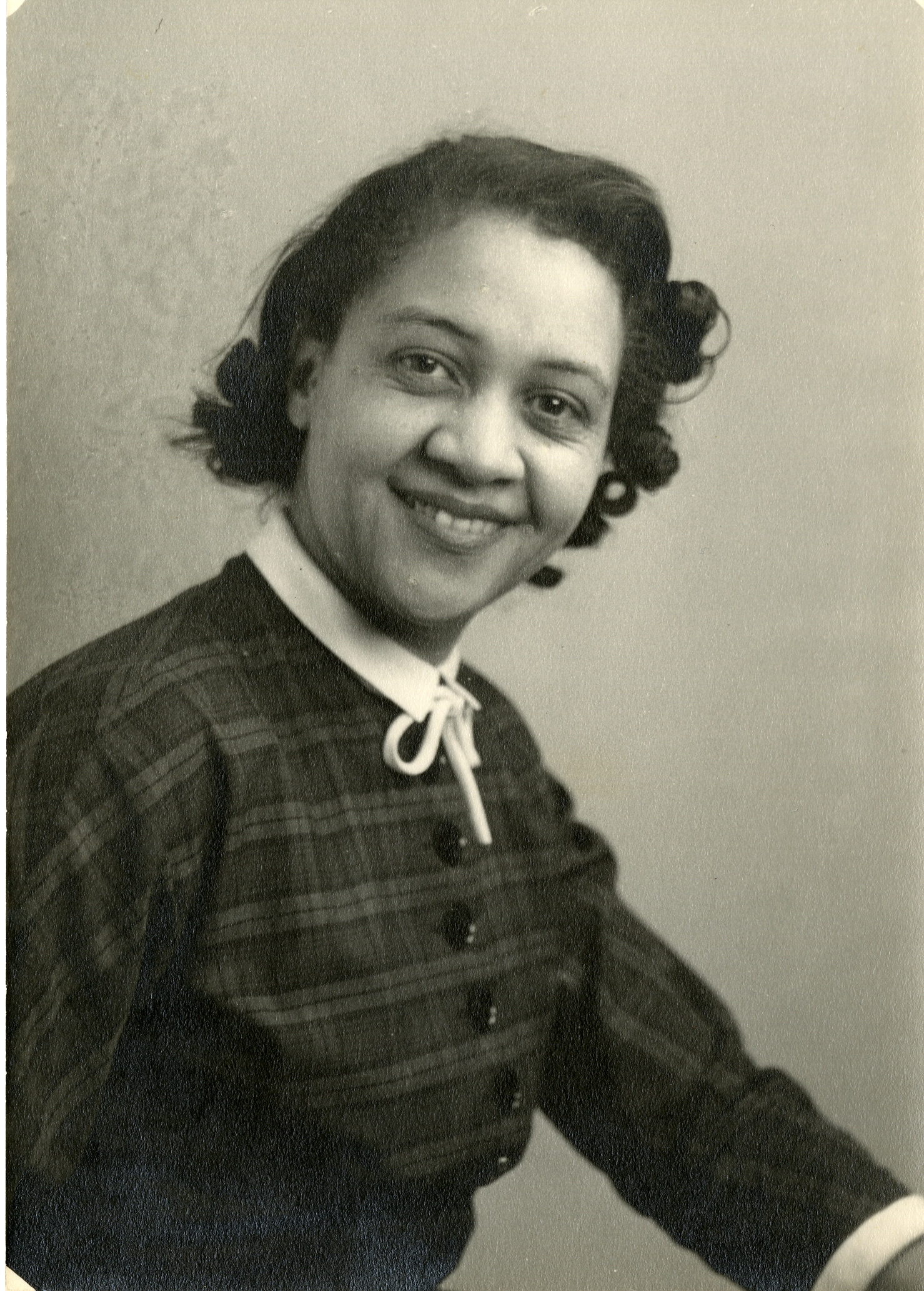

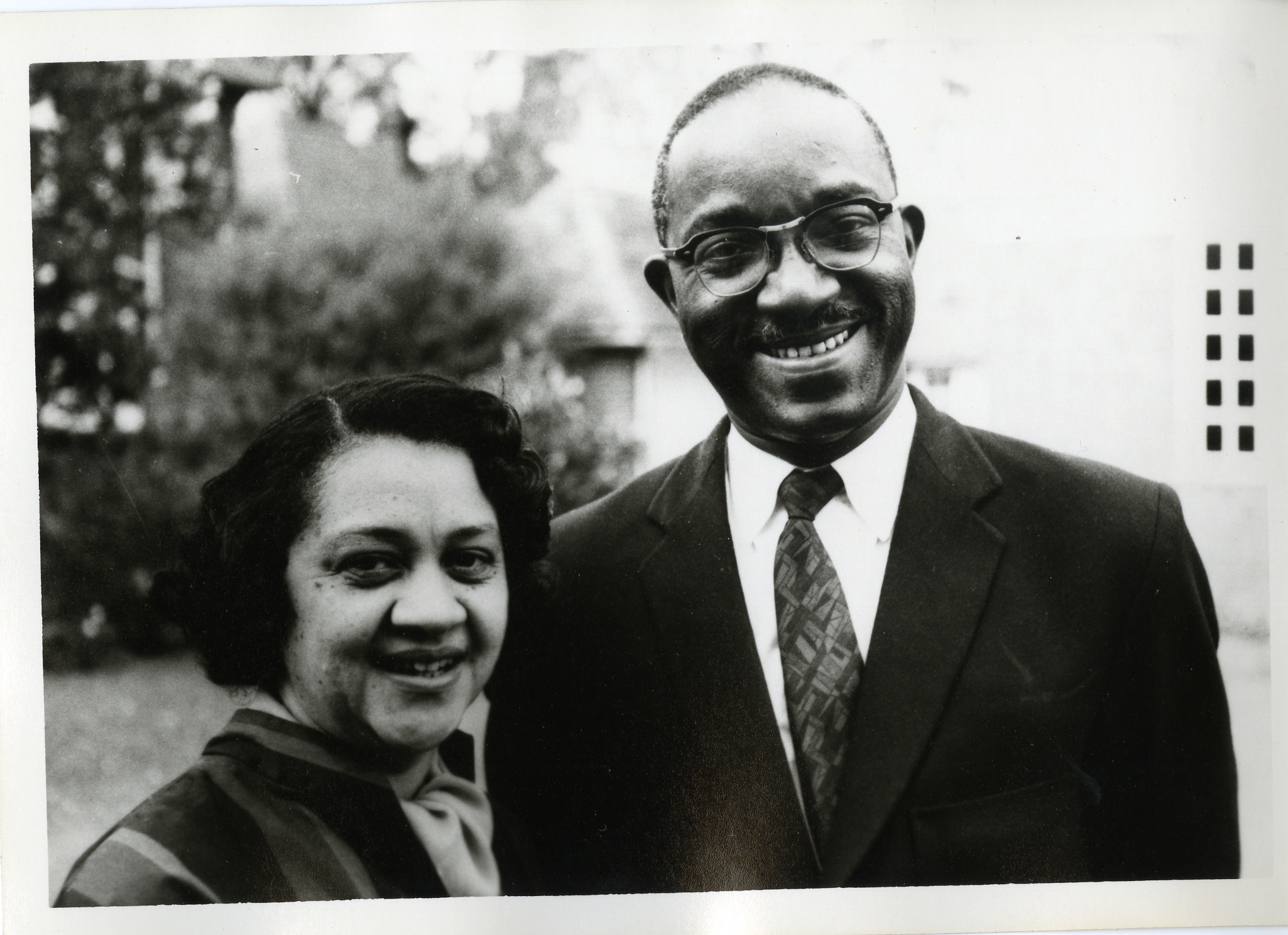


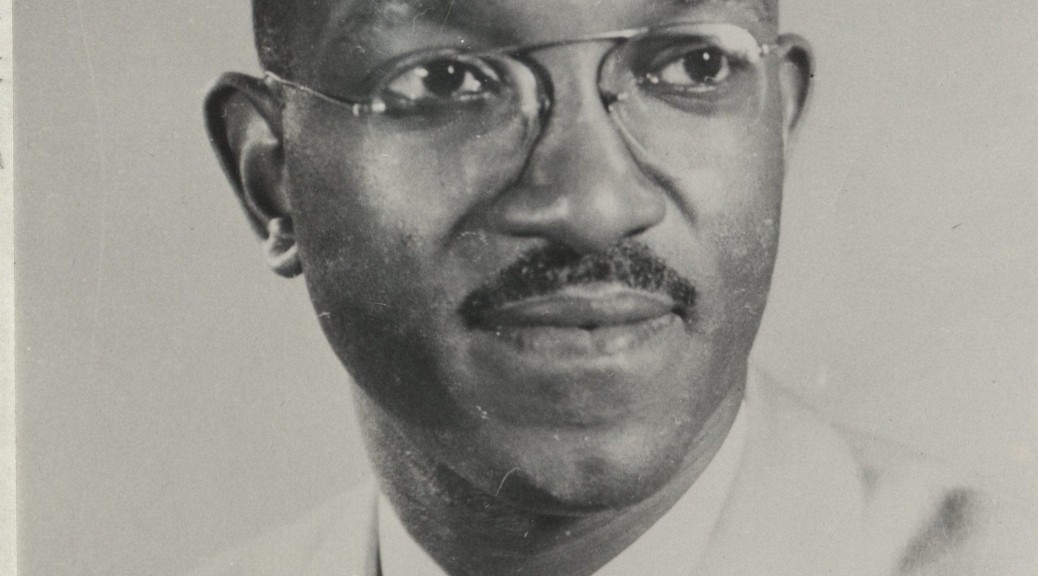
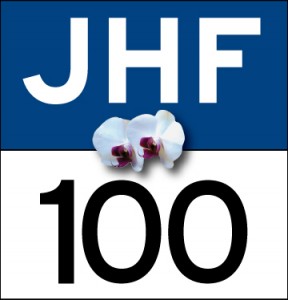


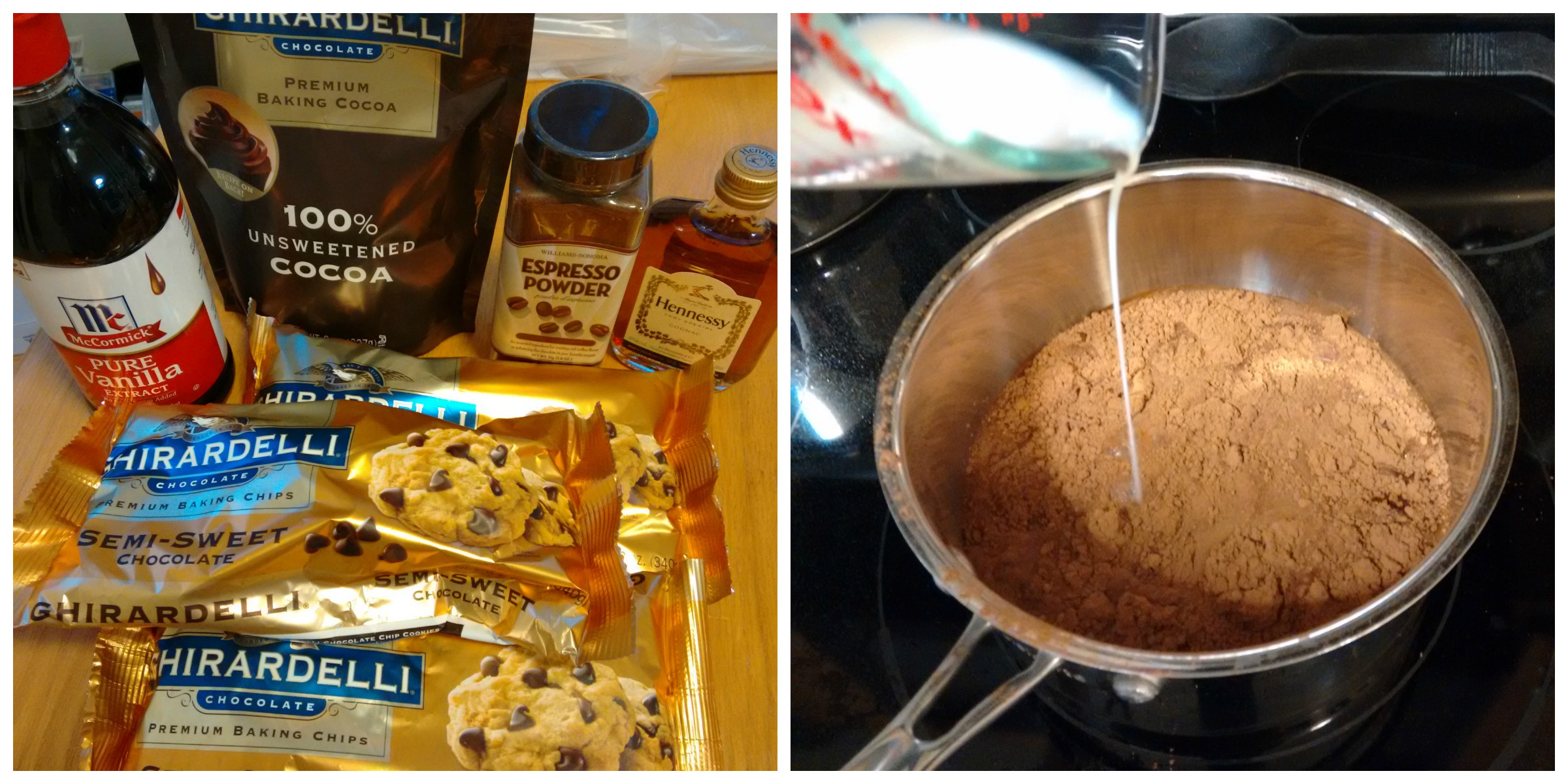
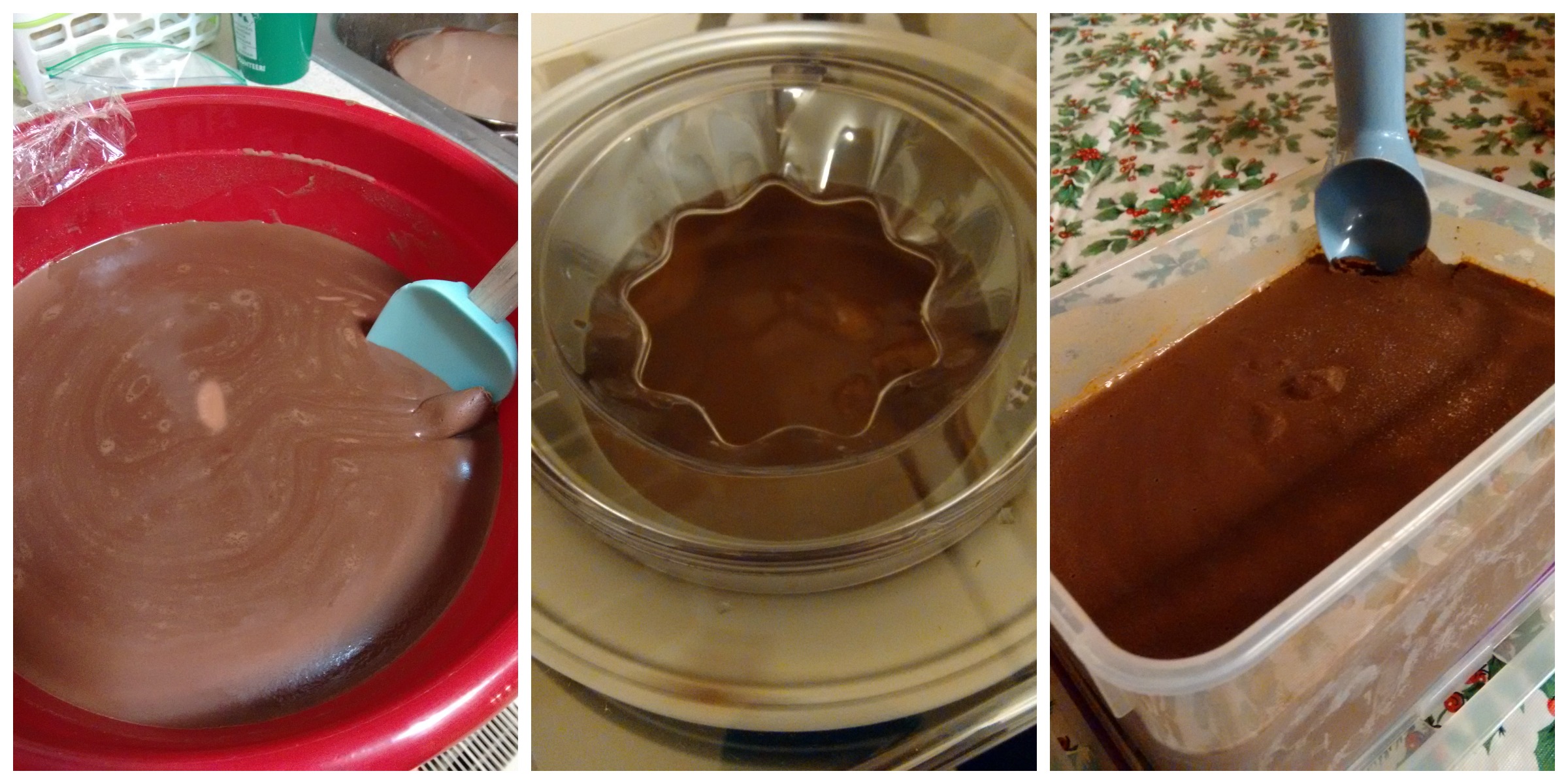
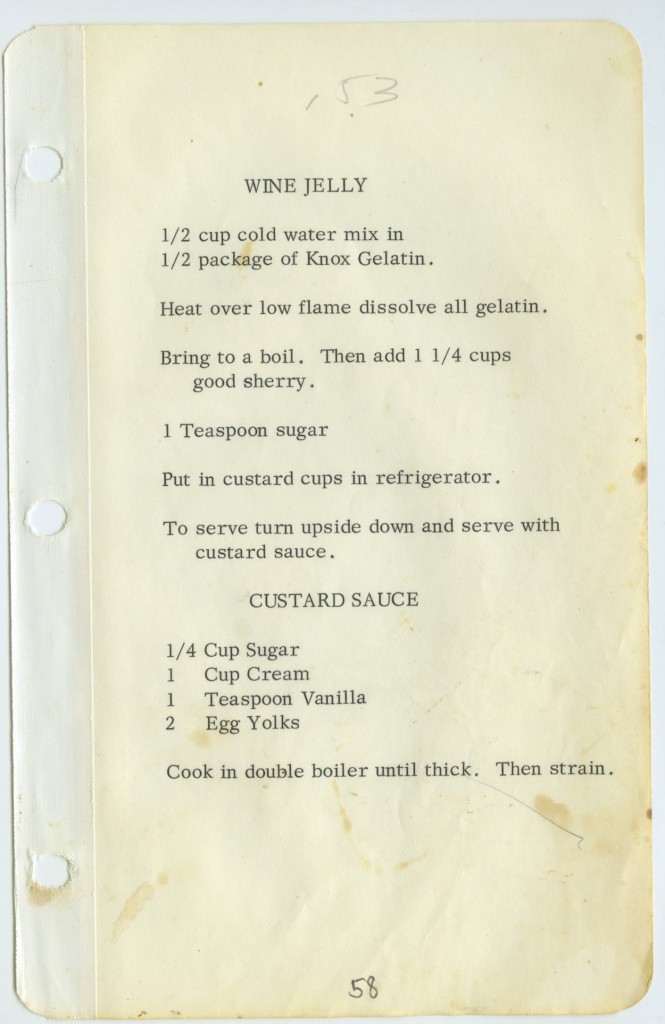
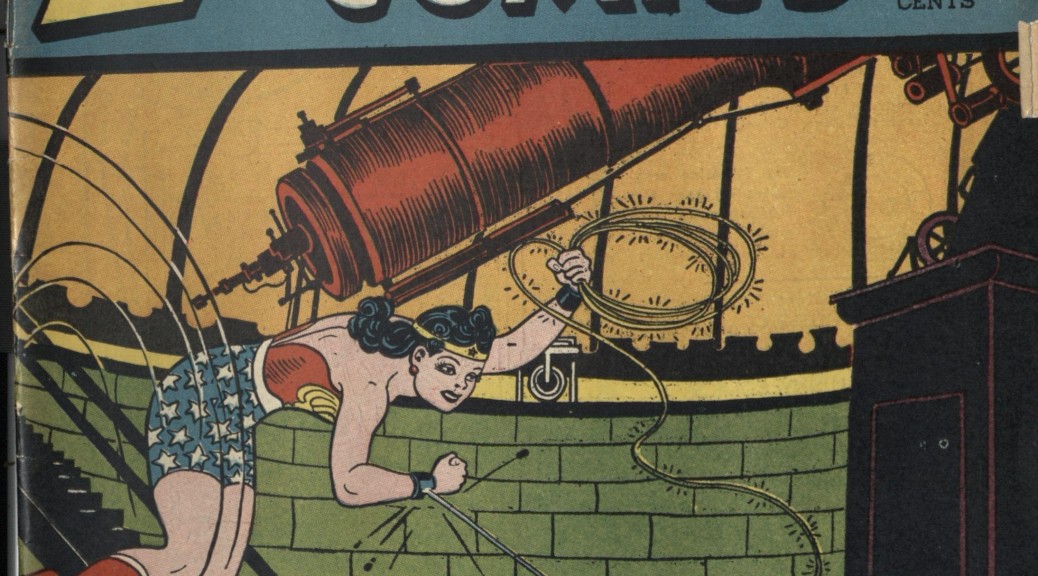
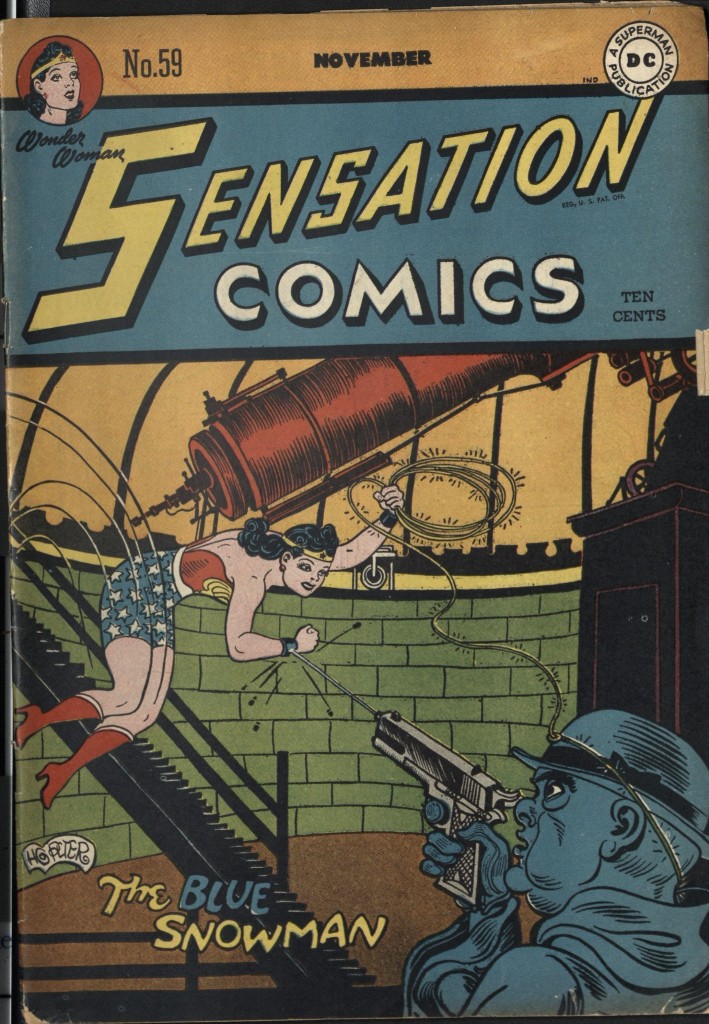 We write a lot about Wonder Woman. We write about her role(s) in nation making and myth making, her background tinged with exceptionalism and her femininity. We write about her big-screen potential, her small-screen potential, and any other mediums she might translate well to. (A serialized podcast, anyone?) What we don’t write about, or at least what we don’t write about often, are her foes—those vanquished, occasionally obliterated super villains who dared to mess with the princess of the Amazon. They are pushed to the periphery, partly hidden behind Diana Prince’s bright sun. Sometimes, however, a villain grinds his/her way back into the orbit, demanding that we take notice. The Blue Snowman is one of those villains.
We write a lot about Wonder Woman. We write about her role(s) in nation making and myth making, her background tinged with exceptionalism and her femininity. We write about her big-screen potential, her small-screen potential, and any other mediums she might translate well to. (A serialized podcast, anyone?) What we don’t write about, or at least what we don’t write about often, are her foes—those vanquished, occasionally obliterated super villains who dared to mess with the princess of the Amazon. They are pushed to the periphery, partly hidden behind Diana Prince’s bright sun. Sometimes, however, a villain grinds his/her way back into the orbit, demanding that we take notice. The Blue Snowman is one of those villains.
